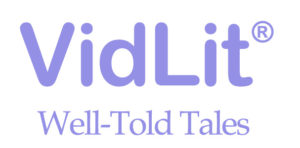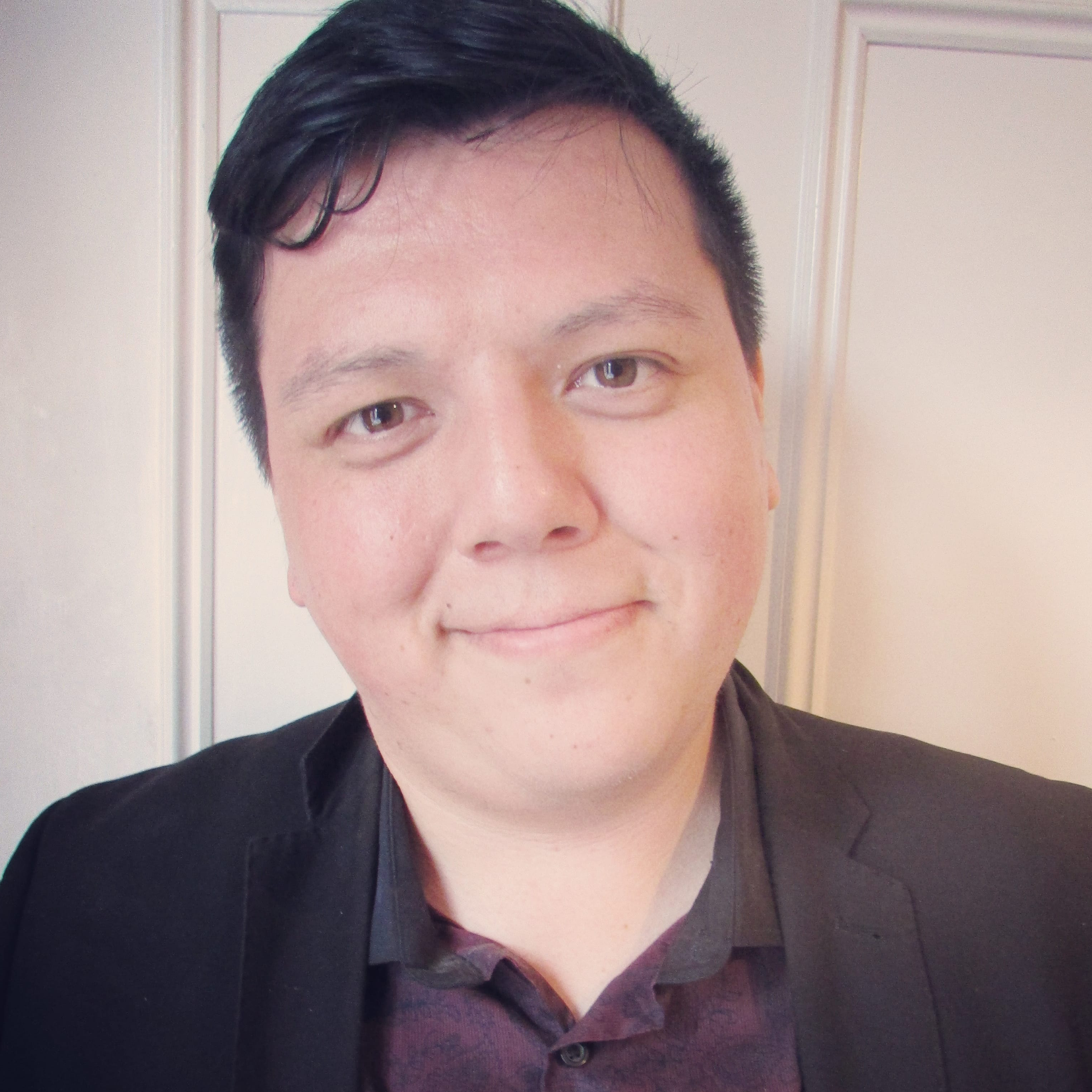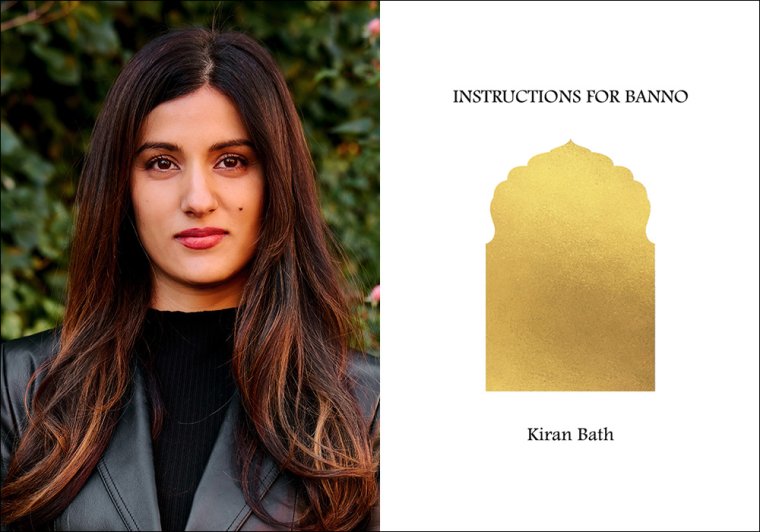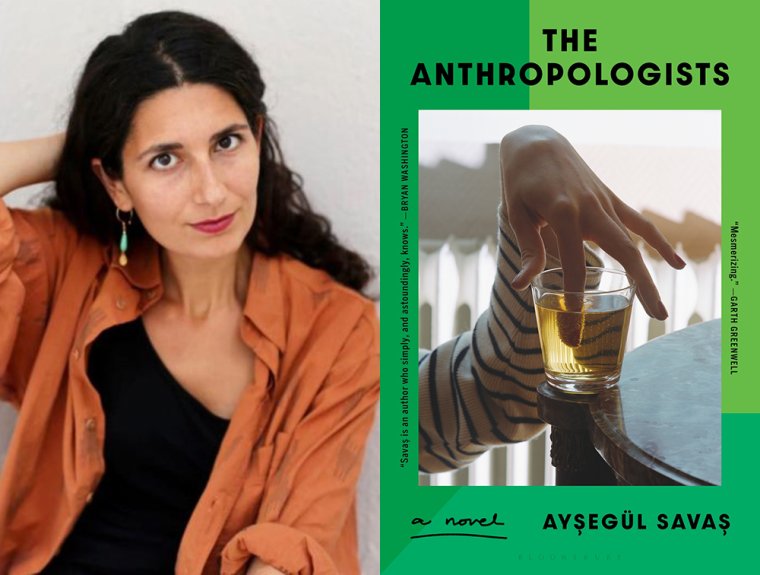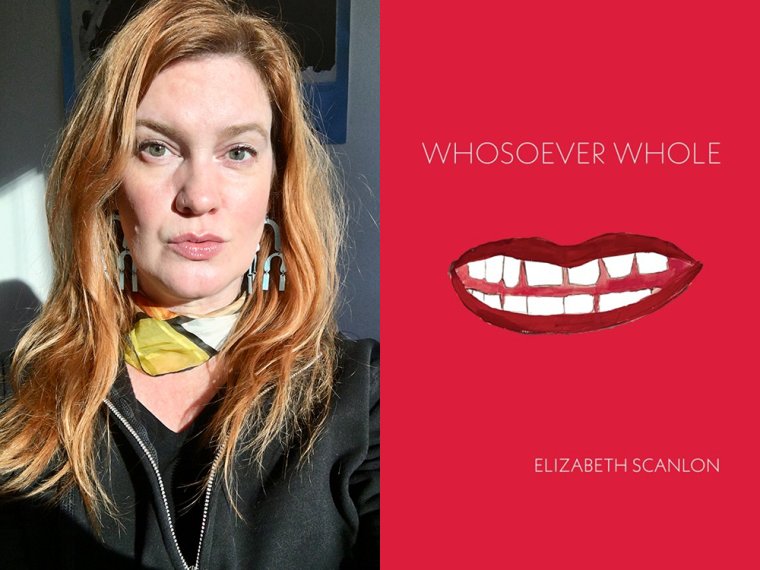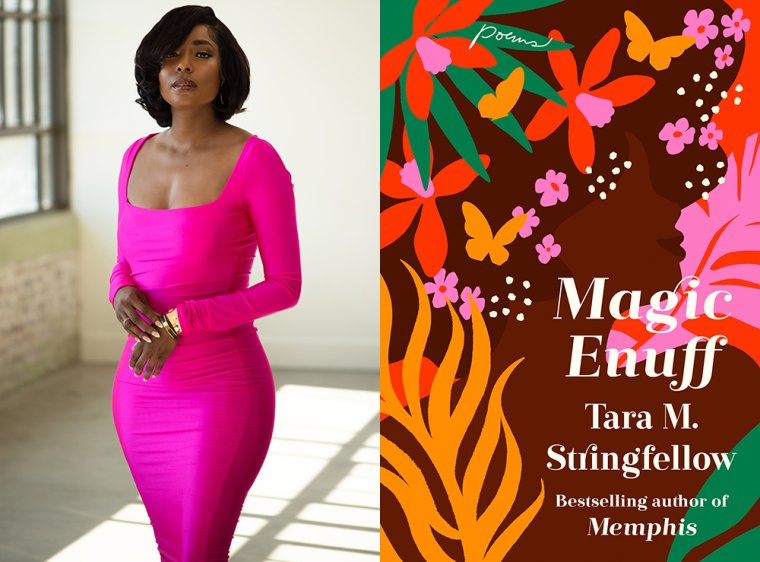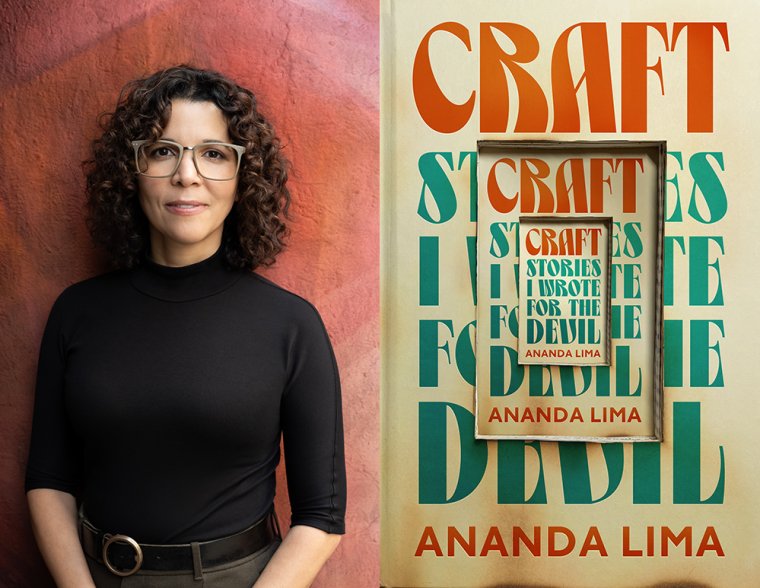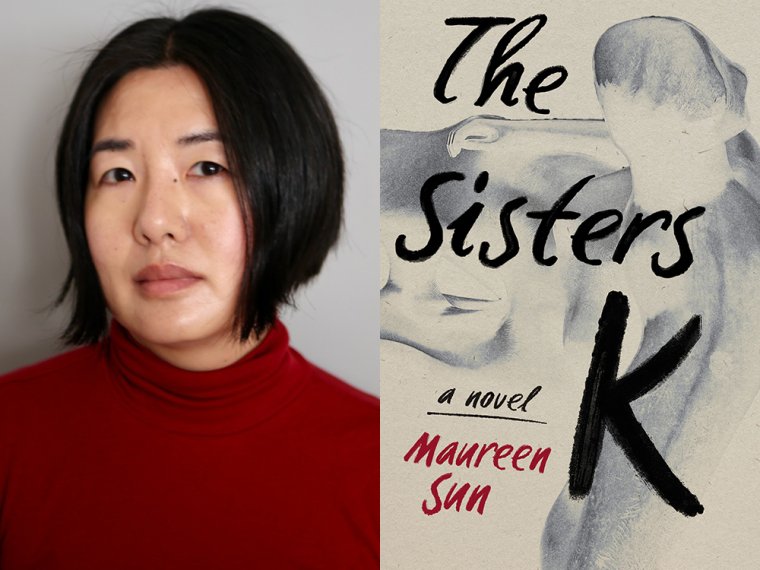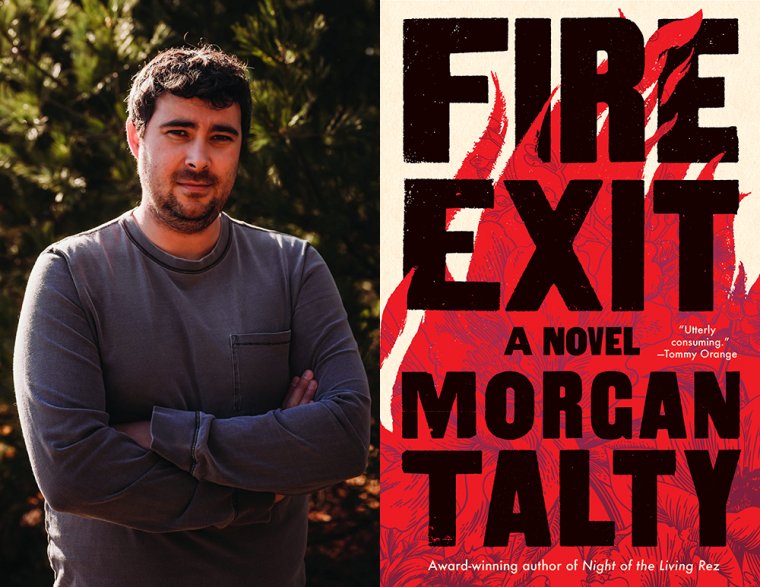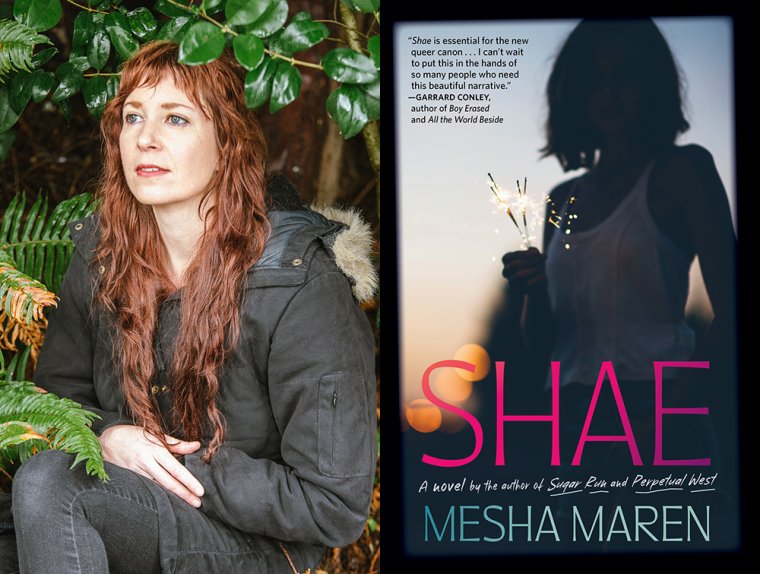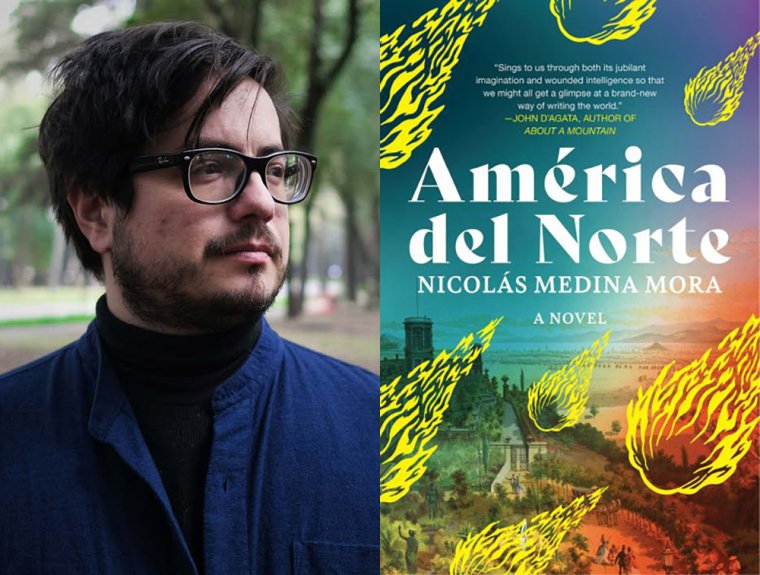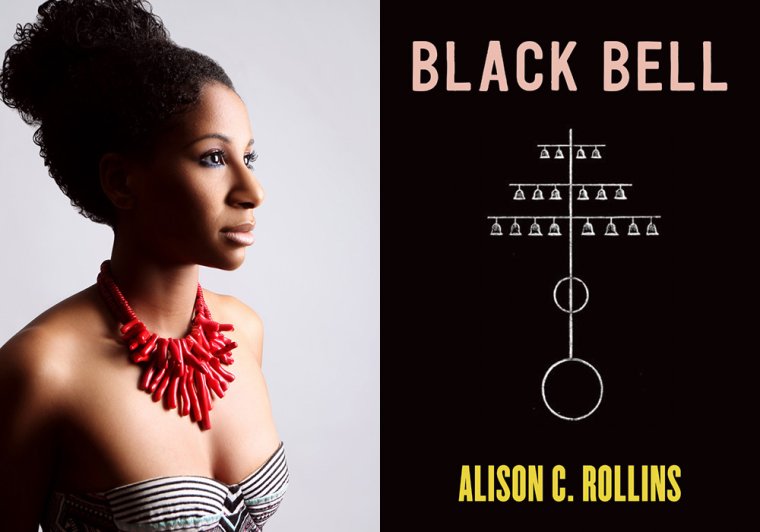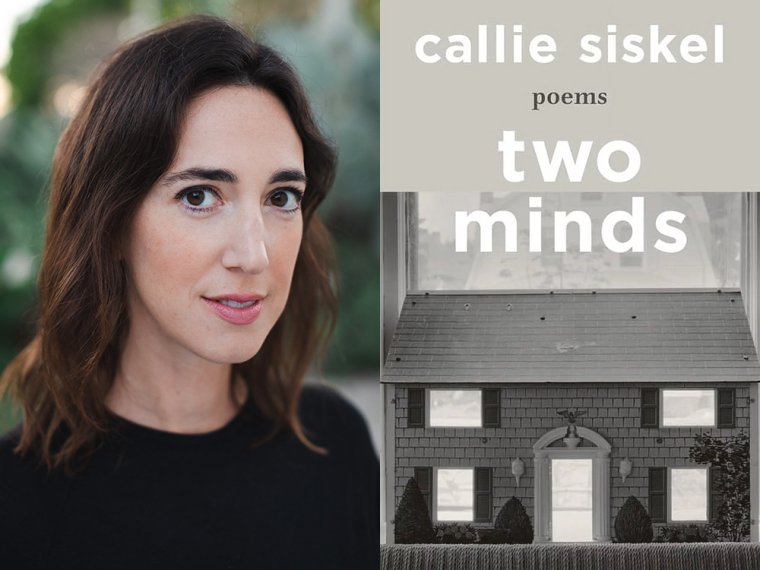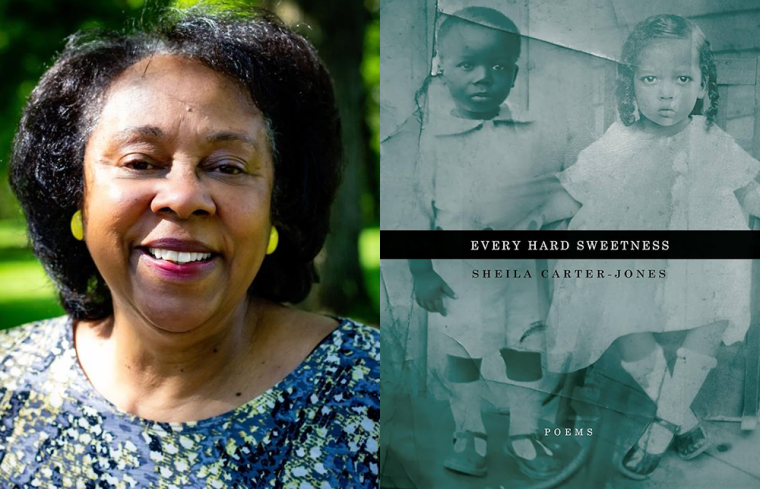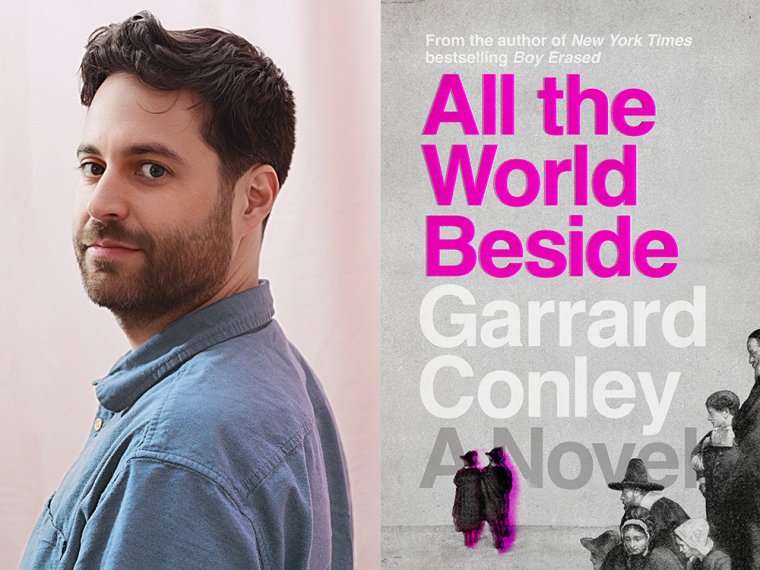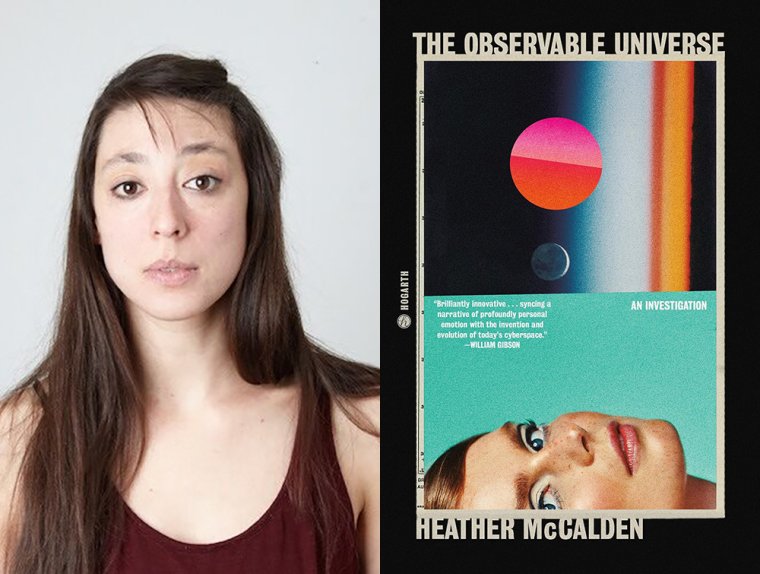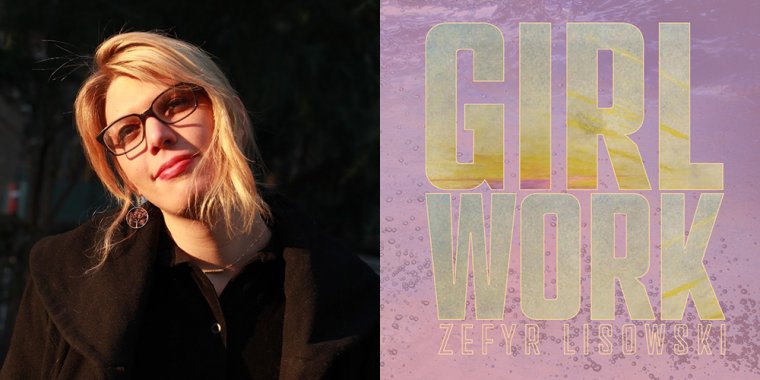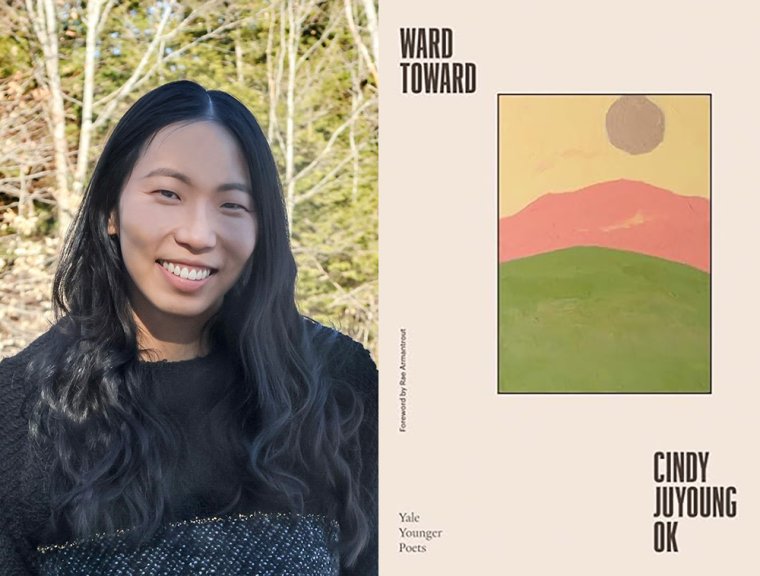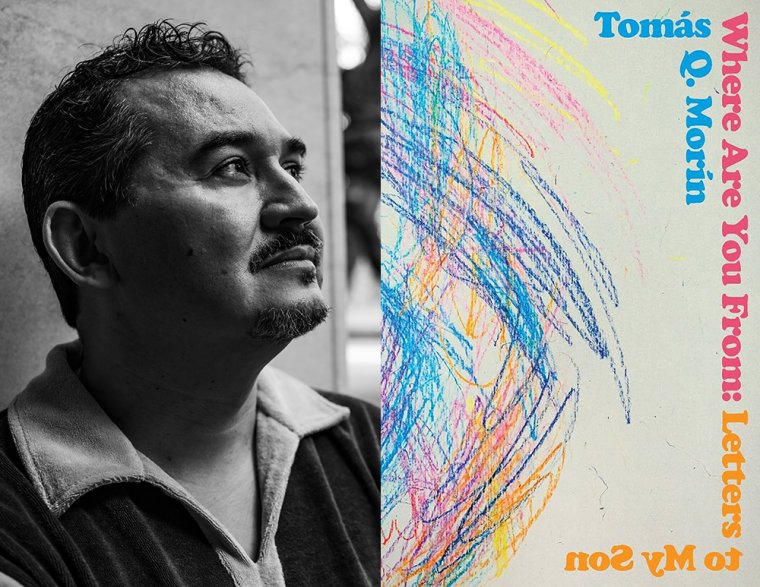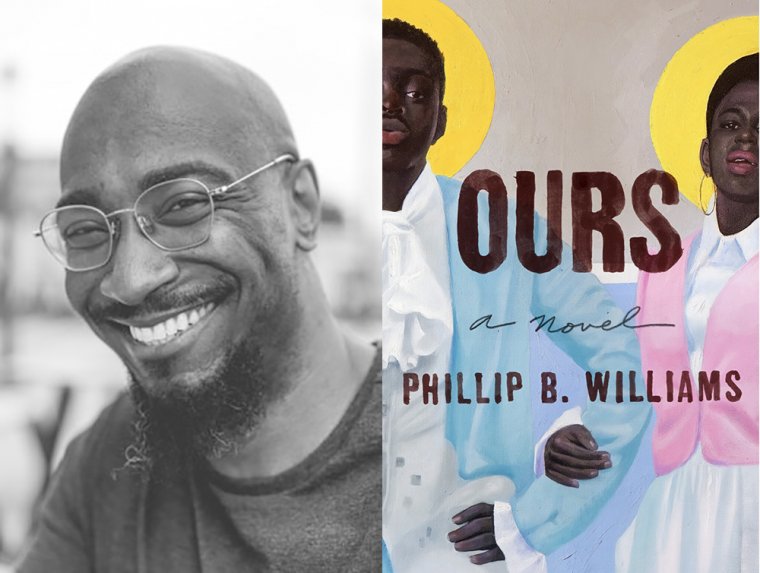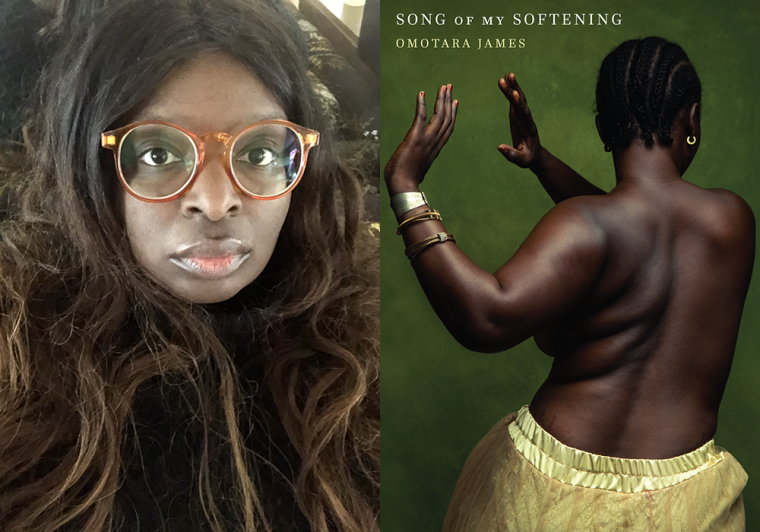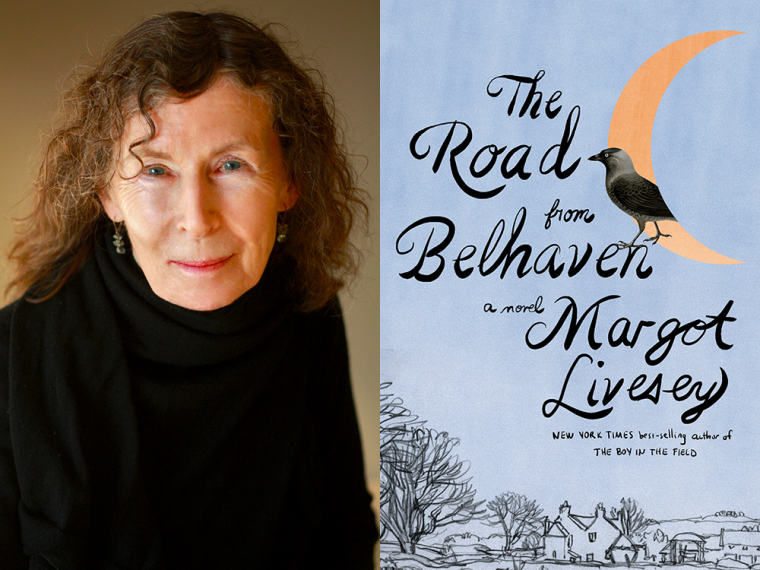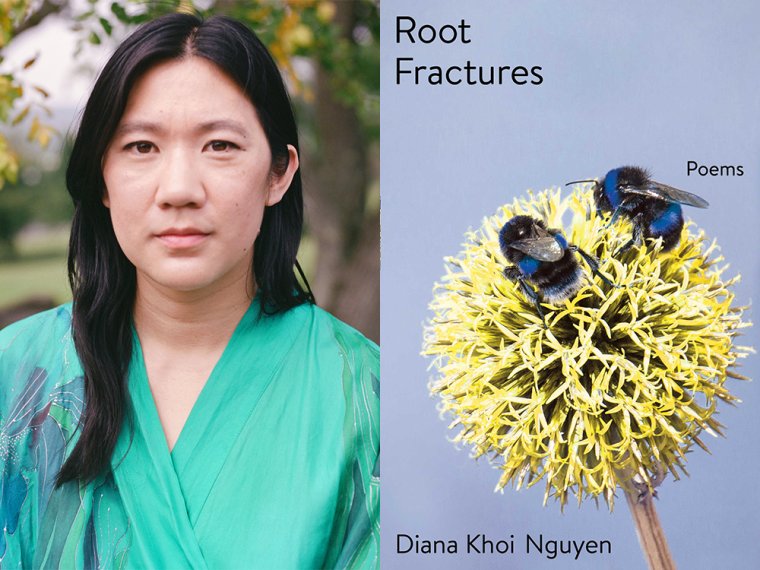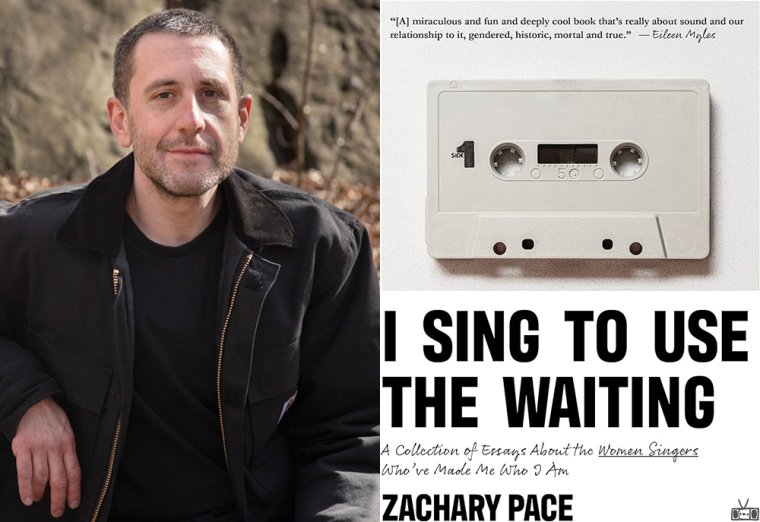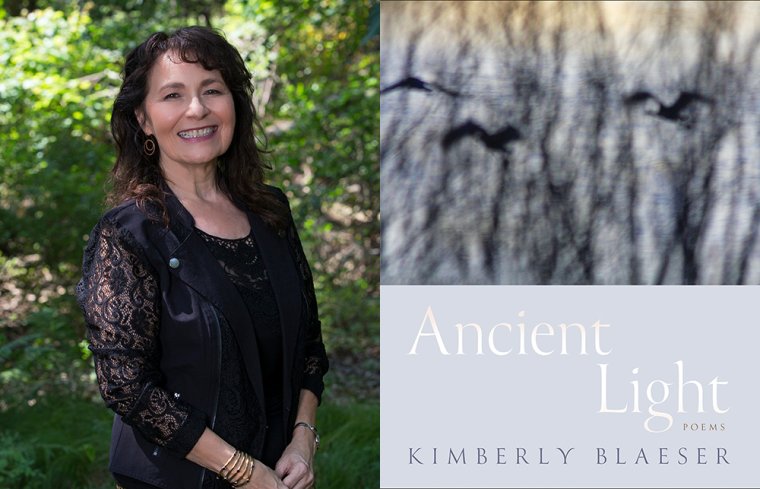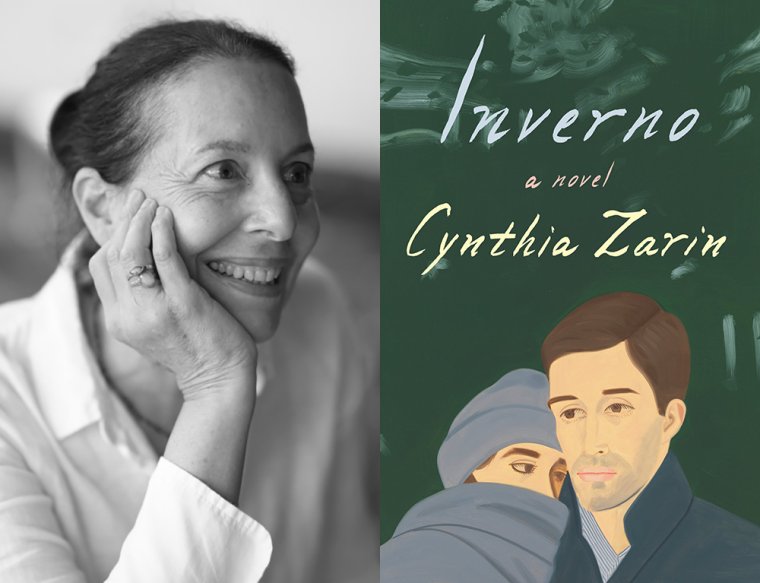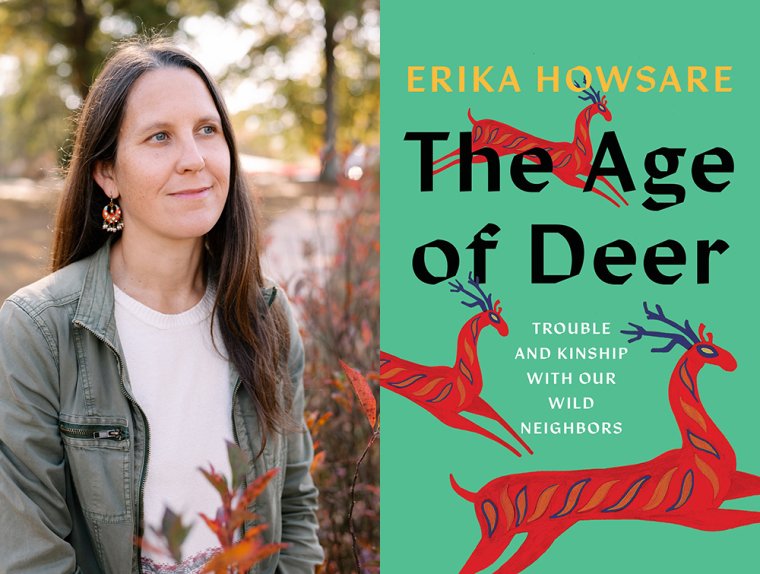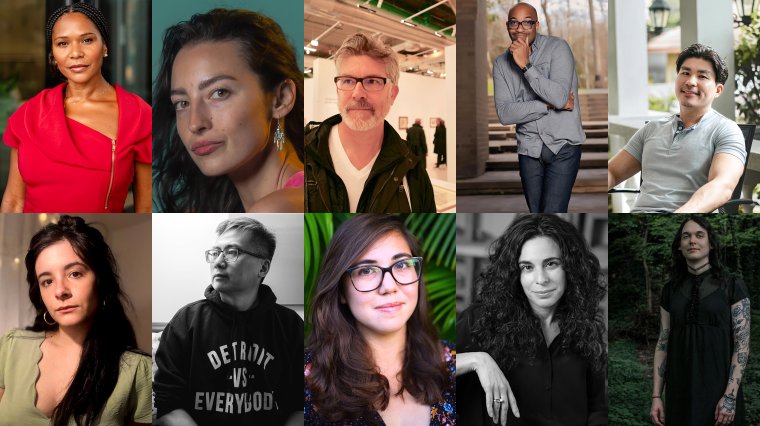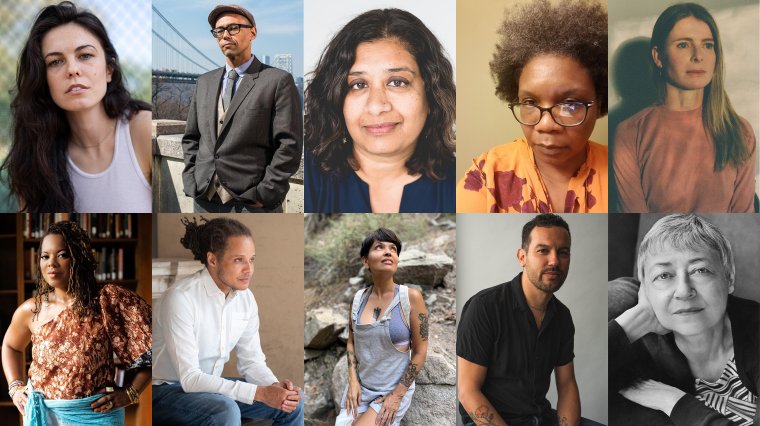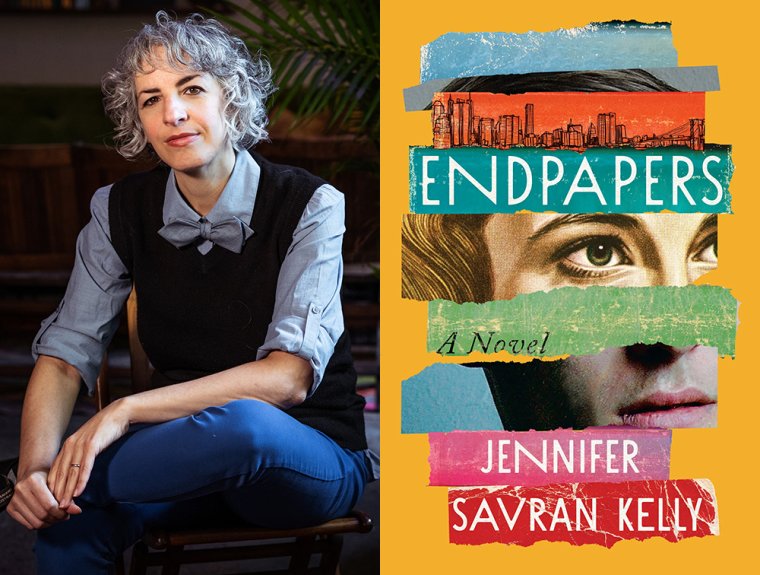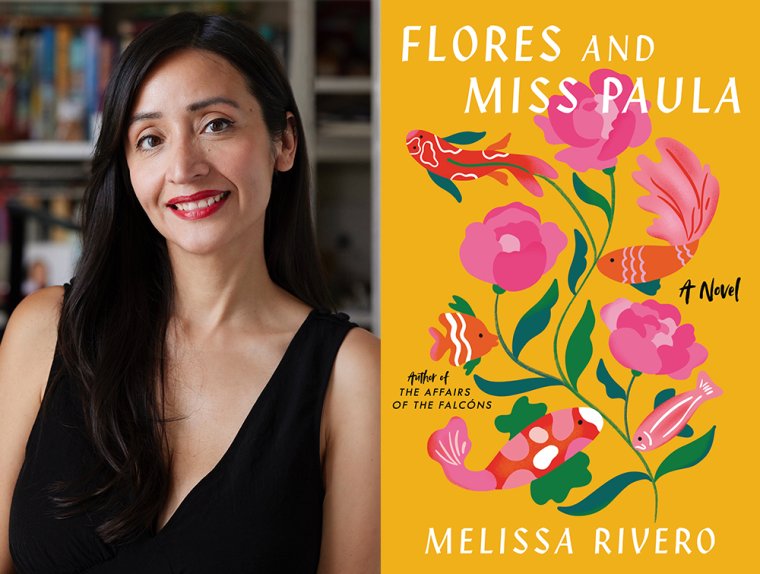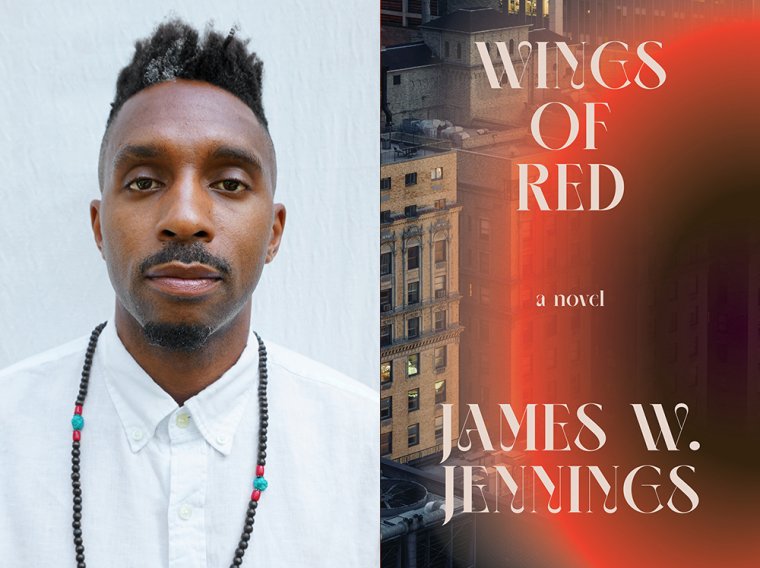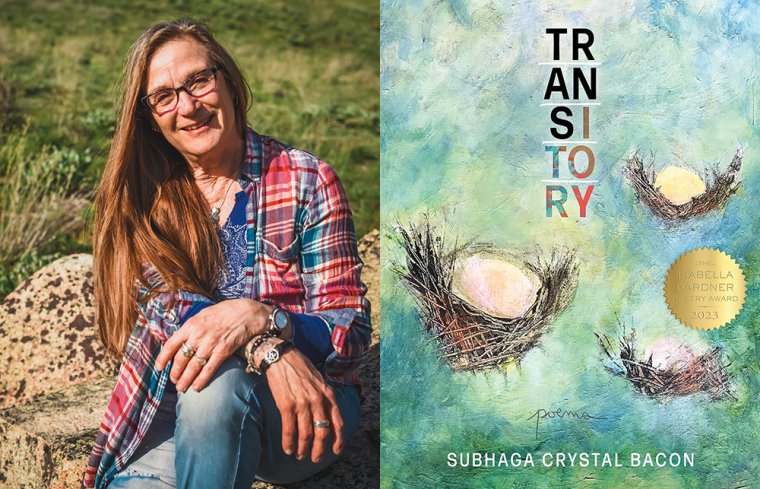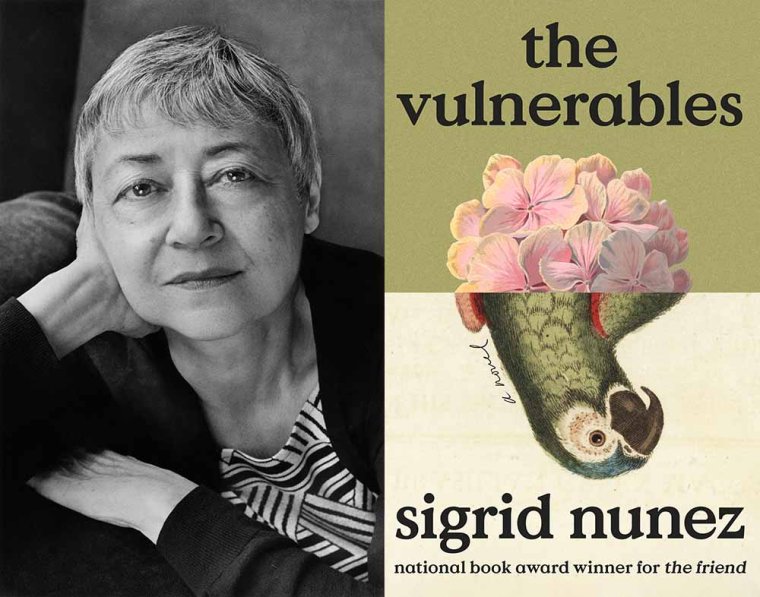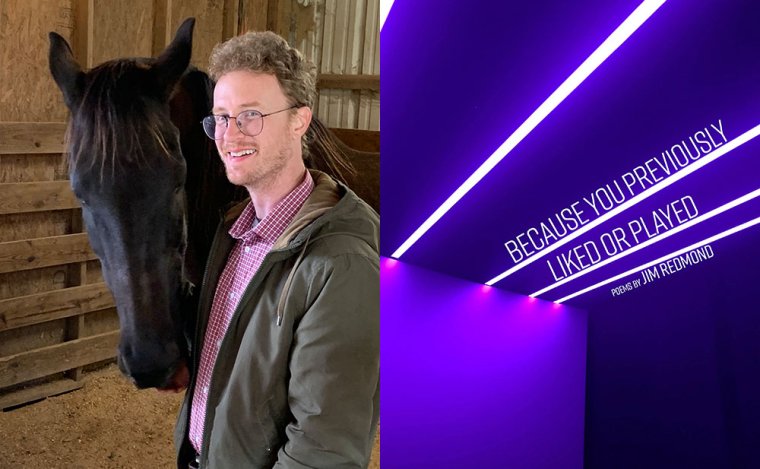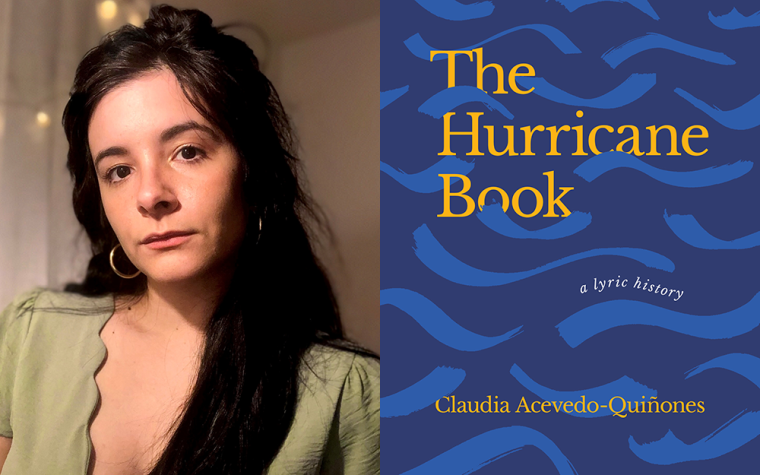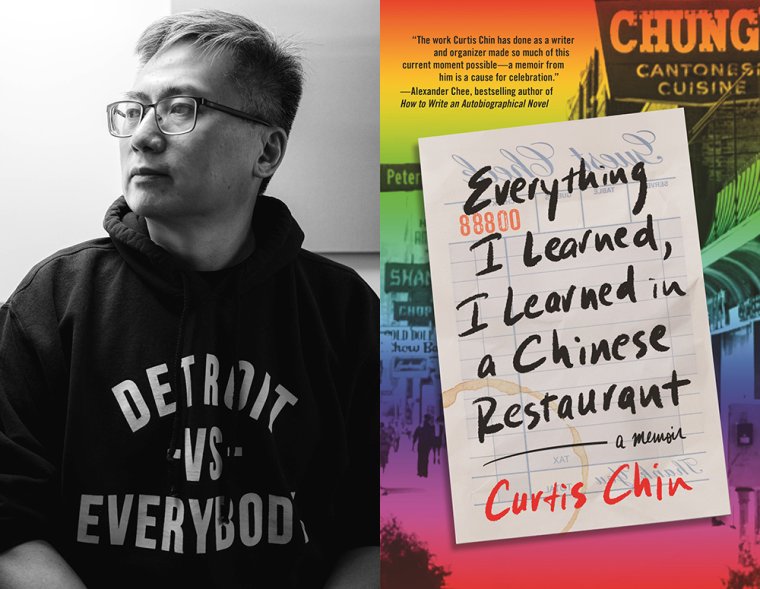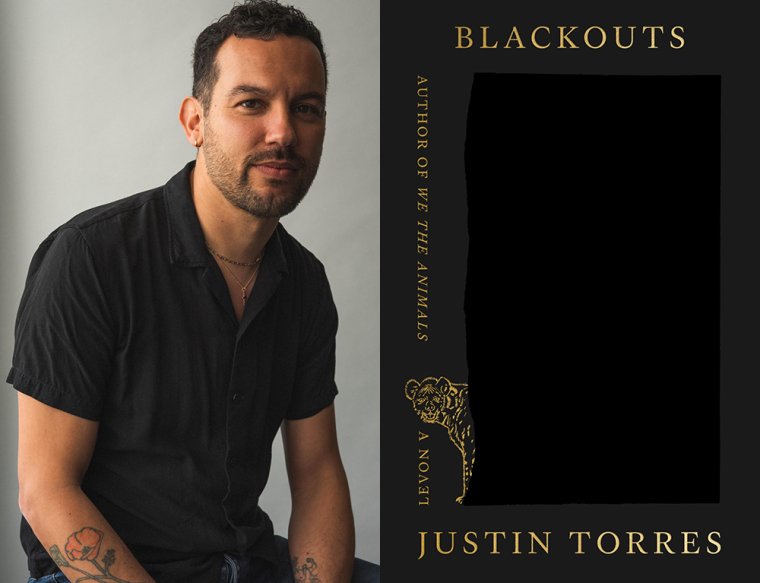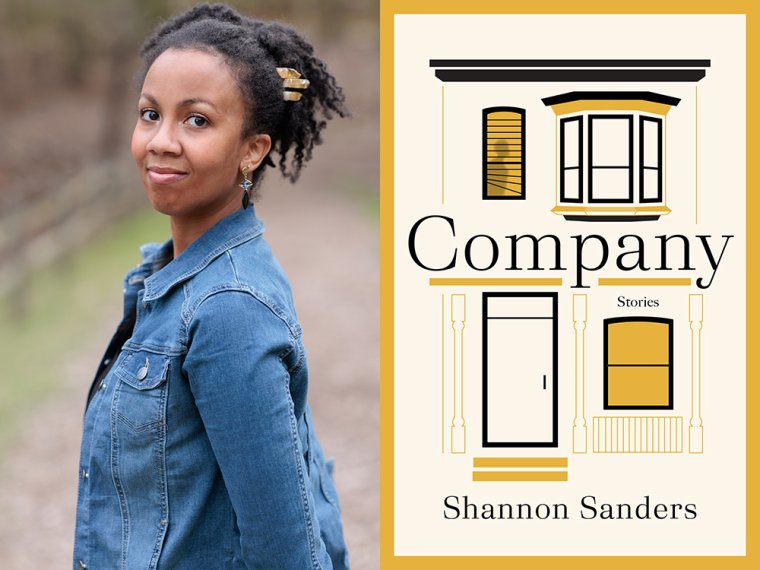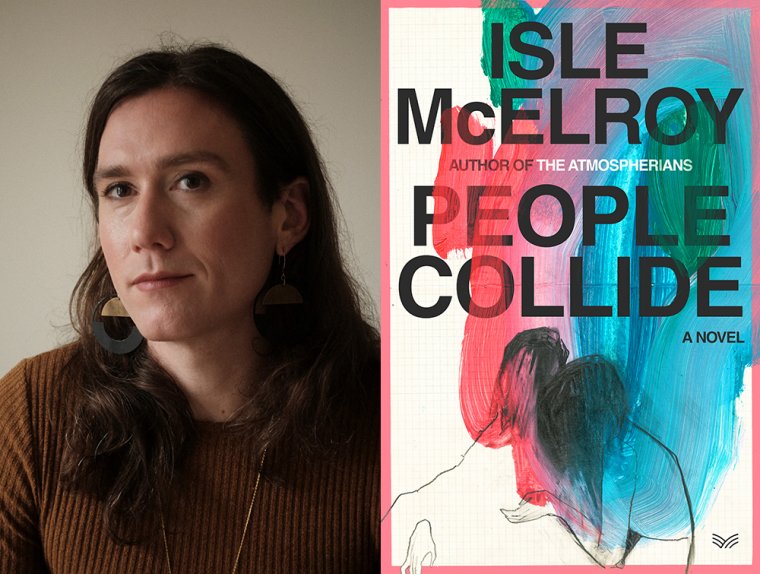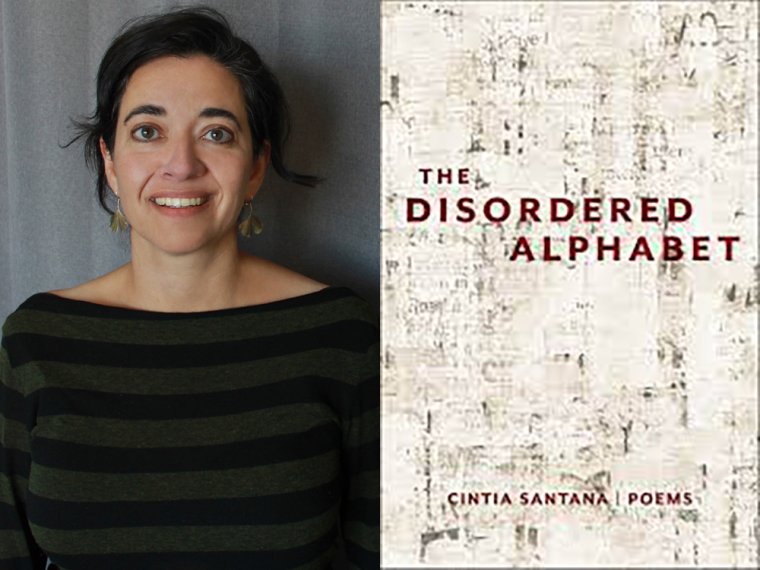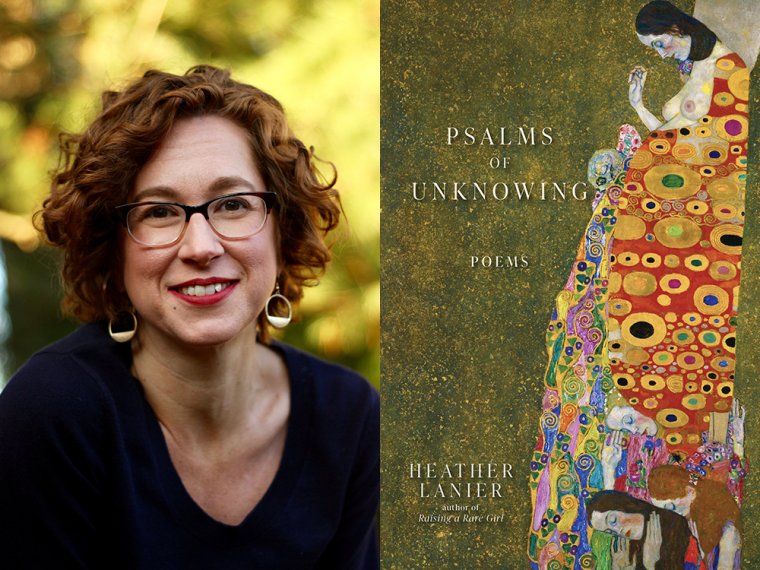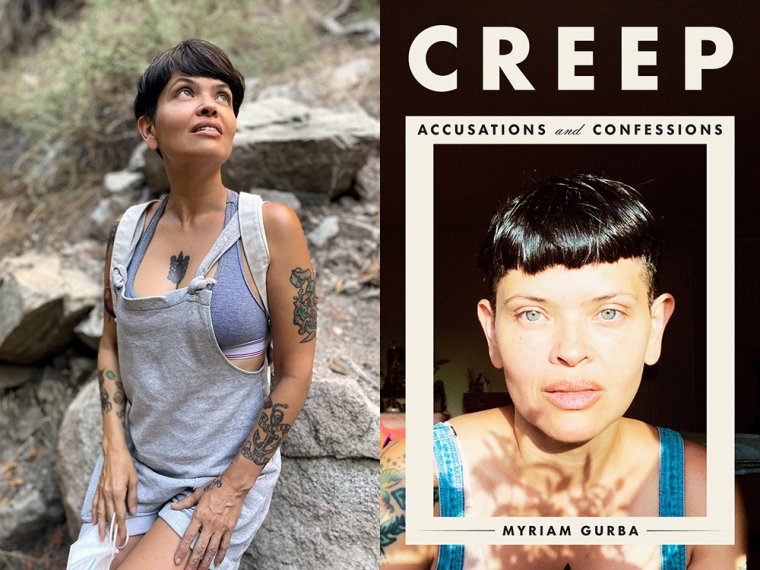This week’s installment of Ten Questions features Jim Redmond, whose poetry collection Because You Previously Liked or Played, is out today from Deep Vellum. In lineated verse and prose poems, Redmond digs into the troubled psyche of a nation in thrall to digital culture. The poems chart the transformation of language into tech-company jargon, relationships into social-media contacts, and politics into zero-sum propaganda campaigns. In a voice that moves from deadpan irony to melancholy and the shades between, Redmond attempts to unwind the twisted logic of the Trump administration, conspiracy theorists, internet trolls, and all manner of toxic personalities poisoning the well of human connection. “I did not look away,” says the web-scrolling speaker of Redmond’s “Feed.” How to interpret such a statement raises one of the animating questions of the collection: In this age of instant information and online “torture porn,” as Redmond puts it, how do we differentiate between bearing witness and voyeurism, between innocent bystanding and complacency? Jim Redmond is the author of the full-length poetry collection, Get Back to Work (2021). His poems have appeared in Blackbird, Hayden’s Ferry Review, Pleiades, Redivider, and elsewhere. He holds an MFA in creative writing from the University of Michigan in Ann Arbor and a PhD in creative writing from the University of North Texas.
1. How long did it take you to write Because You Previously Liked or Played?
Well, in a sense, the book encapsulates something of my whole poetic life span. A few of these poems were written way back in 2008, or maybe 2007. Then there are approximately a dozen others that I’ve written in the last year or so. The majority I wrote while finishing my PhD at the University of North Texas, but there’s a good number of poems from my time in Ann Arbor and just after, in Austin, Texas.
I think all the way back to my first poetry workshop at Western Michigan University, when my professor, Gary McDowell, handed us a packet of poems he’d cobbled together from poets he was reading at the time. This was way back when people could still locate the department photocopier. And reading those poems was like, wow—this is a poem? A poem can do that? That packet of poems became a little makeshift bible of sorts, and I was born again and again. Some of the poems in this book, fifteen years later, are disciples of that moment.
2. What was the most challenging thing about writing the book?
One of the difficulties for me was determining the shape and the scope of the book. It’s gone through so many iterations that I reached several points where uncertainty and self-doubt became more of a guiding principle than did a clear vision or center of gravity for the book. Perhaps that’s not the healthiest relationship to one’s work, but it’s not altogether unproductive either.
The book could have been over and done with many times, as I suppose any book can be. My own redirection in artistic taste and my confrontation with the possibilities and limitations of poetry, its place and power in the public sphere, played a part, but so did the so-called pressures of the marketplace. I don’t think I ever intentionally tried to write toward whatever I perceived as the trends at any given moment, but several years of manuscript rejection certainly does give one pause. A certain unspoken social pressure begins to incubate, something more nebulous and all-consuming than the direct feedback we receive from known entities like friends or colleagues or fellow workshoppers.
The poems did become more political and also more skittery, roaming, with a denser philosophical surface. So the challenge was deciding where a book ends and another begins. What if the heart says one thing, and the market another? But what if both remain silent? Does a fault line or clear fracture in one’s poetic life dictate that thin difference separating two book jackets on the shelf? Catalysts come and go. Things cool and harden into place before turning molten once again.
3. Where, when, and how often do you write?
There were times when I’ve had a writing routine. It was easier in the college days, of course. But even while on the “job,” there were times when I’d devote my hour or two a day to the practice of poetry: the process in which I would recollect and then wrestle with some idea or epiphany. Or a beautiful line comes to you, and you say, “Let’s see where this goes.” So then you push a couple of words around the page for a couple of hours. And I did arrive at some good poems because I’d exercised the right muscles, because I was ready to give shape to whatever luminous little moment I’d stumbled upon.
But I always, always find some way to fall out of the routine. Some writers, given that daily gift of the muse or a work ethic, wonder what life would be like without the process of writing. How could one live? Well, I’m here to tell you that life does go on. And that it’s ok to have your own relationship to writing and poetry, whatever that might look like for you.
For some the daily writing routine is necessary, a vital part of the living process. For others perhaps it becomes too much of a job; it becomes a transactional input and output. And if the output isn’t outputting, then what? Is that it? I never want to lose my love for what a poem can do. This is something I have to be mindful of; I have to be open and let poetry give life outside the frame of professionalization.
4. What are you reading right now?
Well, there’s always some book open to its middle somewhere, or I’m a quarter of the way into this text, or have the first page of that text splayed out on the couch, the desk, the dresser. I like to start something theory-based, a little literary criticism. I like to let the excitement of the new idea take over for a couple of pages; then I usually move on before considering its plausibility, argumentation, evidence, and finer points.
I’m in Iowa now, and there was just a huge book sale put on by Planned Parenthood at the Iowa State Fairgrounds. On the last day of the sale, the poetry section was still looking pretty ripe. I picked up a half dozen or so poetry collections from the 1980s and 1990s and a critical compilation on Wallace Stevens.
5. What was your strategy for organizing the poems in this collection?
At first I wanted to start with some of the poems that were more representative of a child’s perspective—the early indicators or antecedents of the political problems that were to come later in the book put forth on the personal level. And then I thought the second section would have a larger social reach, addressing the weight of shared history, the “we” where we’ve found ourselves—and lost our humanity. Then I guess a third section was supposed to be some return to the personal once again, with whatever gain of perspective.
Ultimately the book ended with the childhood poems, the flowers of evil just about to bud before the close. It reminds me of what A. Van Jordan said about his second book, M-A-C-N-O-L-I-A; he ended up leading the collection with the speaker MacNolia’s big spelling-bee win instead of leading up to it. His logic was to give some of the outcomes first.
If the book starts with the end of Trump’s presidency, then we might have some sense of finality already baked into the star chart. Or some sense of relief. Then we can start asking, “How did we get here? How could these things happen?” From there some perhaps uncomfortable answers developed through the course of the book are given a clearer frame, a needed foreground.
6. How did you arrive at the title Because You Previously Liked or Played for this collection?
I wanted the title to touch upon some kind of moral implication, a finger ready to point. But at whom? And for what? What precisely are the parameters of the problem, and what is the source or the cause? I wanted to capture some of the confusion surrounding the whole process of meaning-making in our Web 2.0 world. More specifically I wanted to incorporate something of the function of contemporary, web-based consumer culture. The way that we are continuously fed information in an increasingly targeted fashion that requires little reflection, that reinforces our confirmation bias.
We might be a mere function of the machine at this point, but we’re still culpable, aren’t we? Within the consumer model, the rational is replaced by the emotional appeal. But what is at first emotionally striking becomes mere habit through repetition; atrocities and outrage turn into the banal. So how do we break out of that? Can poetry help us see something in a new, and suddenly clear, fashion? The book’s title speaks to some of that banality. It’s an accusation, but it’s wrapped in the verbiage of corporate nomenclature or customer-relations speak.
7. What is one thing that surprised you during the writing of Because You Previously Liked or Played?
I was surprised by the book’s resiliency as an organic life-form. It’s ability to take up different directions, forms, redactions, and redundancies. It made it past the X-Acto knife, the blow torch, the specter of T. S. Eliot’s pen, the tiny teeth of one thousand termites, all of those rejections from publishers—all are a part of it now.
8. If you could go back in time and talk to the earlier you, before you started Because You Previously Liked or Played, what would you say?
Don’t worry about the book having to be any one thing. Write toward what you want to discover. Don’t be too protective or closed off to suggestions from anyone at any point.
9. What forms of work, other than writing, did you have to do to complete this book?
I had to lean into my inner political junkie. I didn’t just read “news” articles, listen to talk radio, and watch the various cable news offerings of the day, but I also spelunked through message boards, comments sections, tweets. I tried to think about the differences among traditional media and “independent” journalism and Web 2.0 offerings in terms of the messaging and the medium—and how something interesting could be done with all that through poetry.
In a sense the work came down to discourse communities, getting a sense of how different forms of communication take shape according to who is participating and in what format. The language they use to mark themselves, their interests, the world. I went into some disturbing directions with this, including using the language as a means of interrogating some of the psychology addressed in the book: alt-right circles, men’s rights, Gamergate-like online communities.
The hope is that the book is ultimately a kind of critique of toxic masculinity. But sometimes even touching any of this subject matter can be so dark, uncomfortable, hopeless that you’re left wondering: What is the line between trying to dissect or discredit something and simply amplifying or falling prey to the poison? Poetry lets us dwell in these difficult spaces; it refuses the easy answers, enacts a pressure chamber, and, maybe, if done well, that pressure placed on our humanity somehow affords it a new, resilient shine.
10. What’s the best piece of writing advice you’ve ever received?
Don’t play it safe; keep taking risks. It’s perhaps some of the first advice we receive as writers, but often we fall into a routine and set style and so perhaps do end up playing it too safe. I guess the tension point is between experimentation and obsession. Many writers, myself included, end up writing about the same thing over and over. We keep chasing that perfect poem, or there’s some question we can never fully answer, something that keeps haunting us. There’s something admirable and beautiful about that, certainly, but perhaps there’s some balance to be struck.
